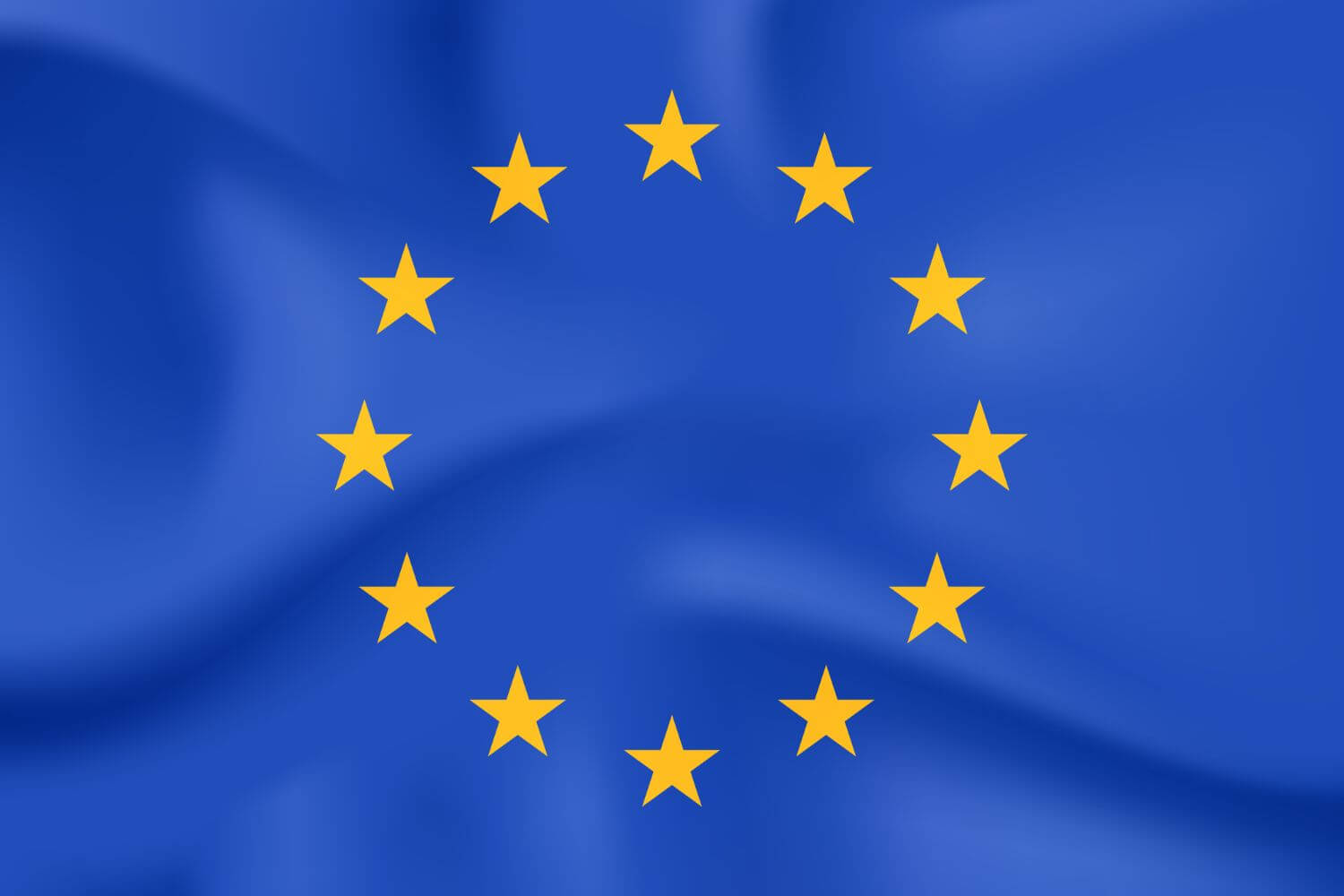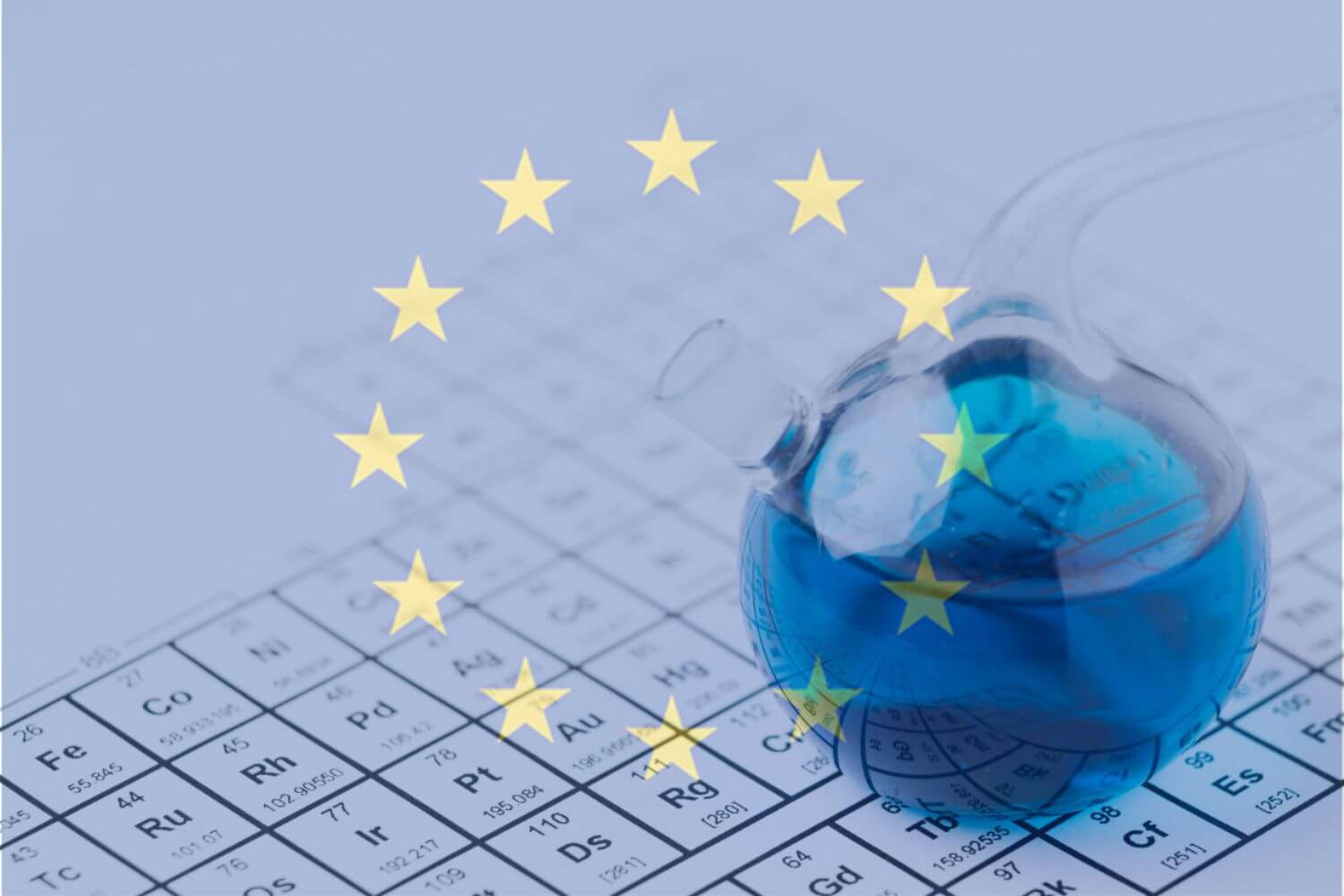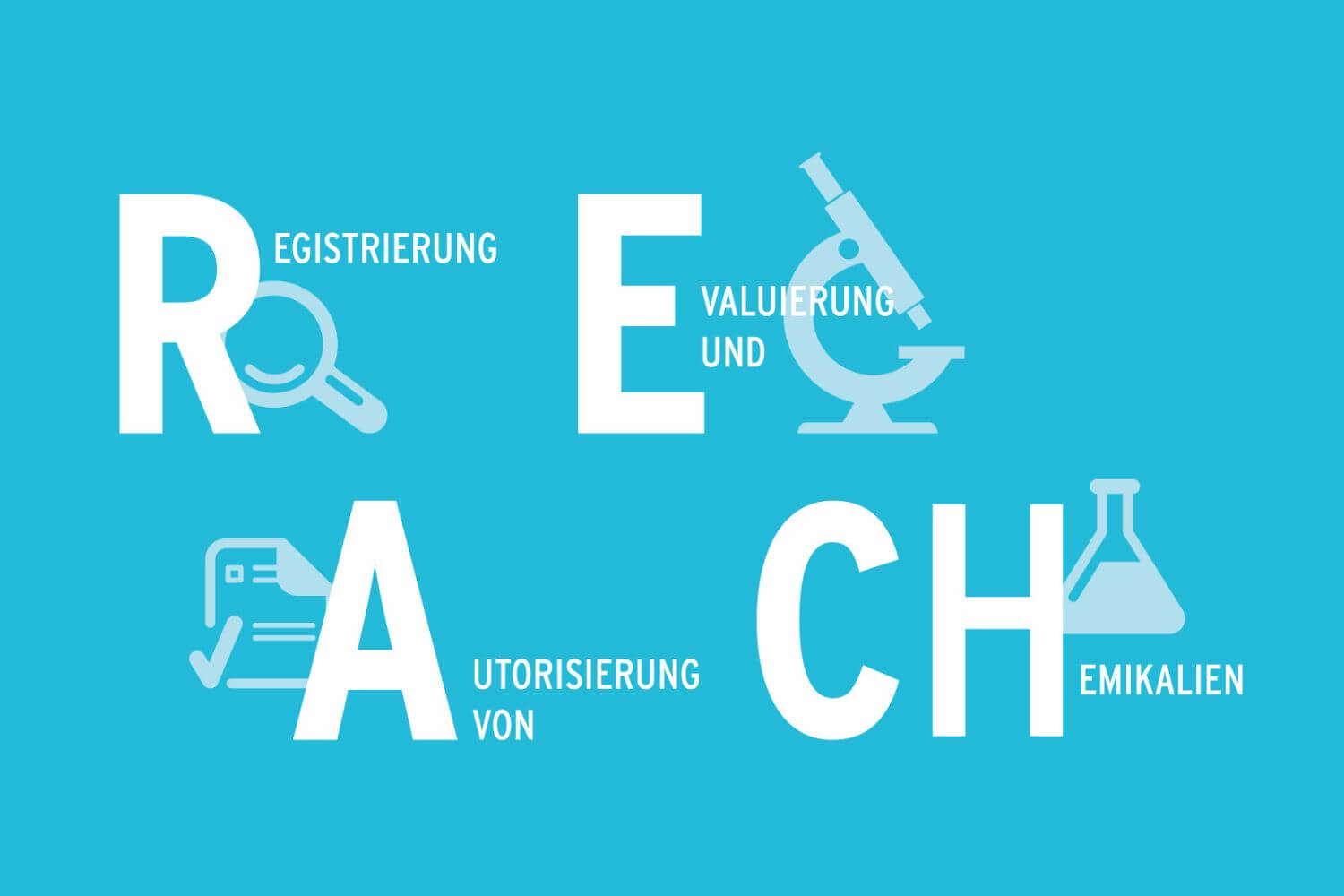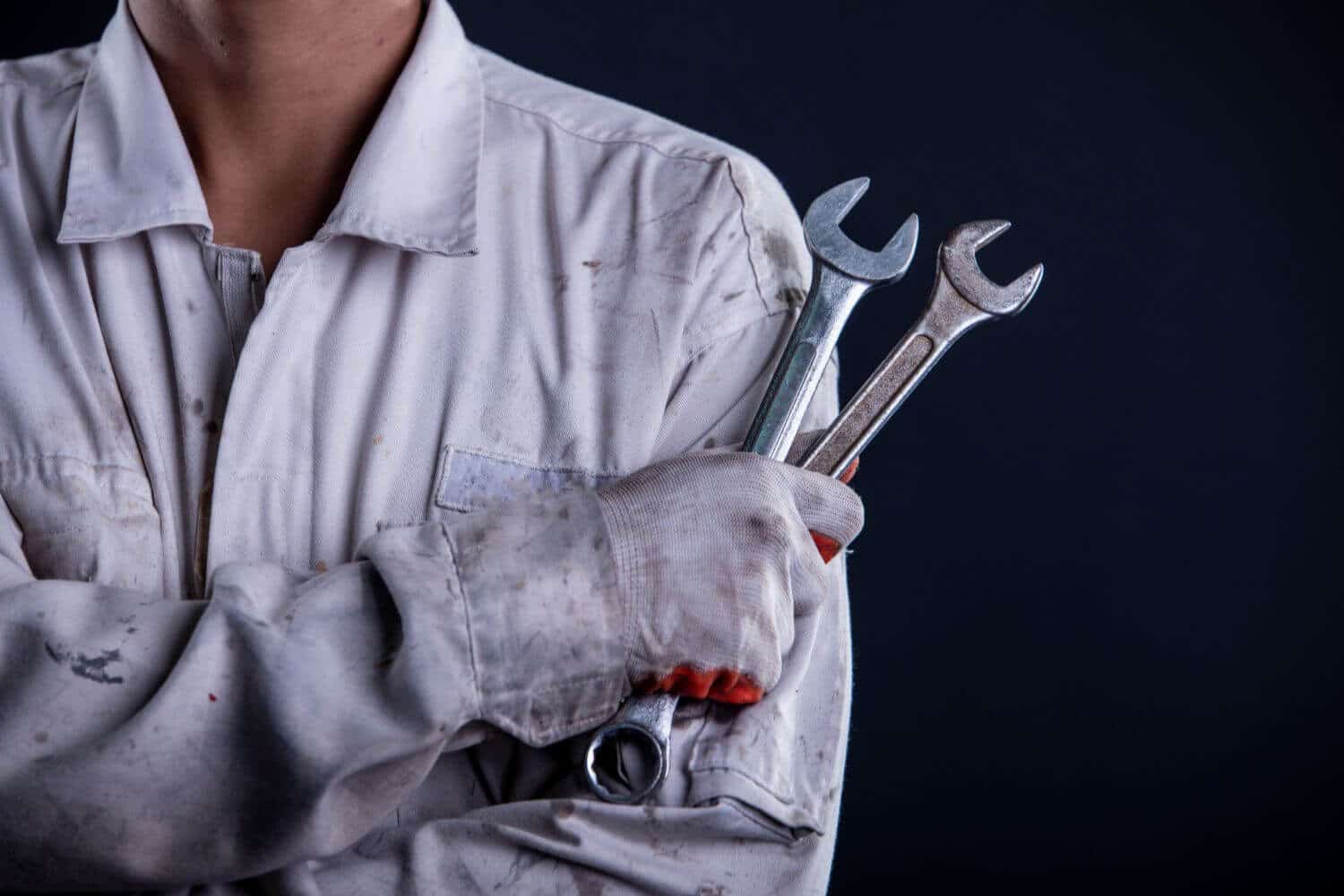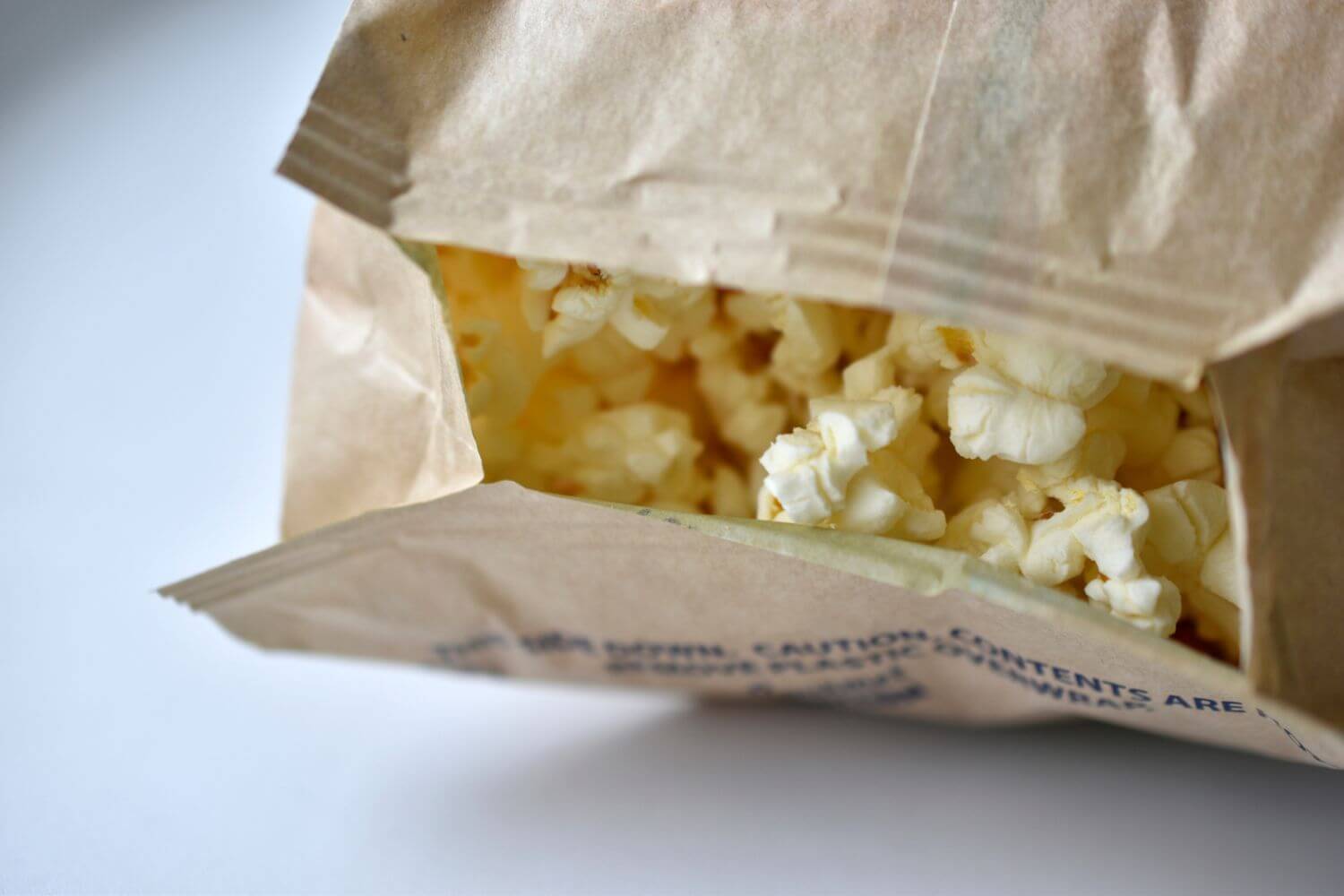Microplastics
Nowadays, we know a lot about what happens to plastic when it is released into the nature. Whatever the type, we know that it is a very stable material that microorganisms cannot really use as a nutrient, i.e. break it down.
However, the UV rays of sunlight break the stable bonds, and so the plastic found in water (rivers, lakes, oceans) and in terrestrial nature (forests, fields) falls apart into smaller particles. Three main problems emerge from this: on the one hand, the stability of the plastic is lost due to the damaged, chemically disintegrated structure, and the components used in its manufacture – e.g. phthalates used for plasticizing the material or certain flame retardants – are liberated and released into the environment – water, soil. From there, they enter the food chain or drinking water bases and ultimately the human organism. On the other hand, these chemically damaged, disintegrated structures attract magnetically other pollutants and hazardous substances in water and soil, with which they enter into reaction and bind them. Thus, sometimes even more dangerous substances are created. Thirdly, we must emphasize size: these plastic particles of small size can be easily ingested, often unnoticed, by animals such as shellfish, fish or land animals. In other words, fragmentation leads to micropollutant particles entering the food chain because of their size, and, because of their chemically damaged composition, they can have an even more harmful effect on living organisms, even on their own, but often by binding other contaminants.
What do we mean by microplastics?
Today, when speaking of microplastics, we do not mean plastic particles belonging to the official micron size range, but usually particles smaller than 5mm.
(Micrometer is a thousandth of a millimeter. For example, a hair is roughly 0.1 millimeters, i.e. 100 micrometers. Bacteria, or one of the components of human blood, the red blood corpus (not a red blood cell because it has no nucleus), or a strand of spider web, for example, usually fall in the 1 to 10 micrometer size range. If we jump one more size range, we get to the nanometer, which is a thousandth of a micrometer. Viruses belong to this very small size range.)
Microplastic particles are, for example, tiny rubbing beads in cosmetics or other small plastic product parts not exceeding 5mm. But, as we have seen, microplastics can also form from larger plastics such as PET bottles when exposed to UV light.
Science is making more and more discoveries whose results reveal the health problems these tiny plastics cause when they enter the human body. That is why the EU Green Deal and the Second Circular Economy Action Plan, based on it, set the goal of reducing the amount of microplastics released into the nature in the future.
Most microplastics enter the soil and water as a result of wear and tear of car tyres or as fragmentation of larger plastic objects released into the environment.
At the same time, research is also looking at how much microplastics are released into the water after washing our synthetic fiber clothes from our washing machines.
APPLiA Europe is currently participating in several such studies, details of which can be read here.
Since the legislator aimed to create a regulation requiring manufacturers to prevent microplastics from entering the waste water during washing, i.e. a mandatory use of a filter in the washing machine, manufacturers are already working on filter development. There are manufacturers that already equip their washing machines with microplastic filters, and the technology has even been made available for free use. Currently, other manufacturers offer their customers a filter that can be mounted at the outlet of the washing machine.
The planned legislation may come into force in 2025.
In this interview, Fanni Mészáros, company manager of APPLiA Hungary, talked about microplastics with András Érczfalvi, host of Trend FM.



